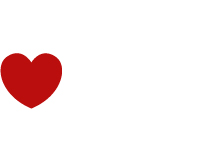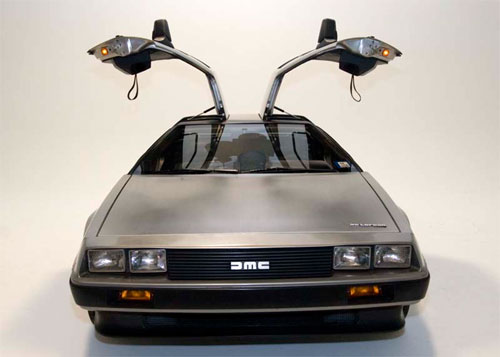“All a logo does is represent whatever the entity is, and peoples’ feelings about it are completely determined by their experiences with that entity. One test we often do is to say, ‘Who do you think has a good logo?’ And inevitably people say Apple and Nike and ones they think highly of. No one will ever say Enron. Paul Rand designed Enron’s logo and it really was very good but no one would ever say that because their feelings are too much affected by the history. So it’s not the logos’ design, it what stands behind them.”
 Photo via ABC News.
Photo via ABC News.
Listen to the full interview on Design Observer.
From the archives: An interview with Tom Geismar (2009).




Comments
I agree, although I don’t think Enron is a great logo. But I don’t think the Coca Cola logo is great logo either, but it’s a great brand (when the Coke Logo was originally drawn, it was just the type style of the day, but it’s been brilliantly exploited and managed as a brand). Branding is about much more than just the logo, it’s about managing how a brand is perceived through the senses, be it through words, pictures, sounds and even smell and touch. Great branding goes even further, it’s about how it touches your emotions. David touches on this with his book and the name of this very blog: Logo Design Love.
Thanks, Lee. A quick aside — the Enron sign (I’m fairly sure the one in the photo) was sold to a mystery buyer in 2002 for $33k. More on the Washington Post (update: the link’s gone now, unfortunately).
I have direct experience in both the logo and the sign depicted. In fact, I selected the neon tube colors that illuminated the sign to get as close to the Enron colors as we could.
Paul Rand designed the logo shortly before he died. What we had to go by was a presentation printed on a 1990s-era inkjet showing his designs. He imagined that the logo oriented vertically invoked smokestacks, and horizontally pipelines. The original design was a butt-fit, 5 spot-color logo which would have been ridiculous to print. When presented to the board of directors in variants of one, three, and four colors, the board overwhelmingly picked a 1-color logo in the previous Enron Blue, PMS 300C.
Ken Lay and the SVP of marketing overrode the board (of course with their consent) to select the 3-color logo. Originally, the colors chosen were PMS 300C, PMS 109C and PMS 485C. The problem, as pointed out early in the vetting process, is that PMS 109C yellow is not going to show up on a fax. Decision-makers rationalized that the colored logo would never be used in that manner — employees were accustomed to printing 1-bit logos from MS Word templates to drop into fax copies. If only that were true.
Soon after the release, there was much hubbub over the choice of yellow as the middle color. “Enron kicks a field goal,” I remember the Houston Chronicle reporting with a depiction of the two sides of the logo without the middle element. The SVP of marketing called me in the middle of the night, and I suggested that we substitute with PMS 355C, in part as a nod to Enron’s growing desire to adopt clean standards (that is actually not bullshit).
In the end, graphics geeks might like to know that I drew the logo in Adobe Illustrator by measuring the inkjets from Paul Rand with a ruler. I used the measurements to determine a ratio that could be extrapolated in sizing variants. I created the rules associated with usage in stationery and signage.
I was 23 years-old at the time.
Thanks a lot for taking the time, David. Great addition.
I actually worked under David at Enron. I was a fresh student out of the Art Institute of Houston. He told me this story and I can still remember it practically word for word some 20 years later. I was involved in sending to press all the stationery used. Then reprinting after the yellow was changed. What a mess it was. Enron was this massive company yet would use this small local printer. They would offset print business cards in around 4 hours. Amazing. I’ve never come across another printer that was willing to do that. David, from what I remember, was a very smart young guy, but he always looked stressed. When he left a voice message he would enunciate every syllable in his name. Me and another young artist would mimic because he did it in a specific way lol I was very shy and he was patient on the day I had to quit. I was dying of boredom and the negativity among the women. I am thankful for the experience but it was a tough place to work.